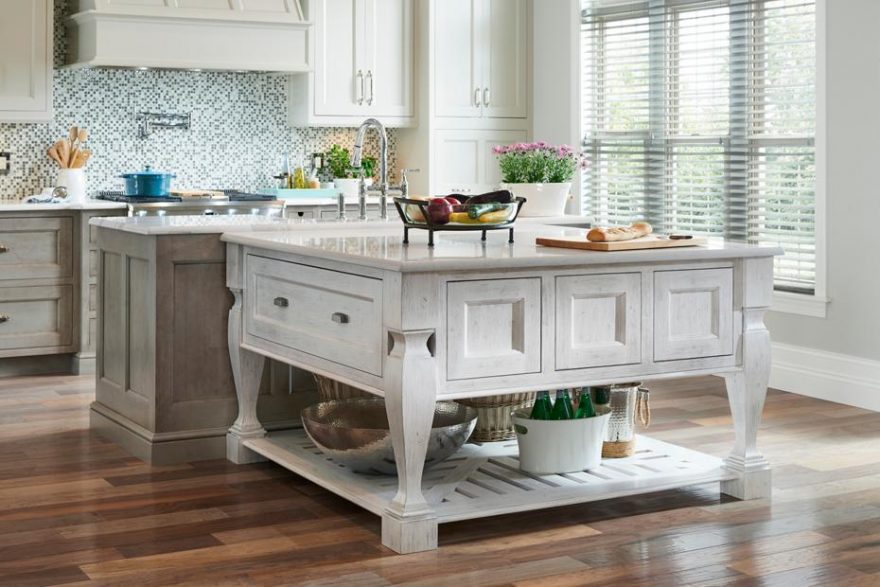Upgrade Your Kitchen's Visual with Costs Legs For Kitchen Island
Upgrade Your Kitchen's Visual with Costs Legs For Kitchen Island
Blog Article
An Overview to Picking the Perfect Legs For Kitchen Island for Your Home
Picking the ideal legs for your kitchen area island is a nuanced decision that affects both the performance and aesthetic charm of this main area. As you take into consideration these elements, it ends up being evident that the appropriate legs can transform not only the look of your cooking area yet additionally its functionality for years to come.

Understanding Cooking Area Island Legs
When selecting legs for a cooking area island, it's necessary to understand their practical and aesthetic duties in the general design. The legs work as a critical support group, making sure security and toughness for the island, which frequently functions as a workspace, dining area, or gathering place. Consequently, the choice of product and building and construction technique need to be durable enough to withstand daily use and prospective wear.
Along with their structural obligations, legs add significantly to the island's aesthetic appeal. They can boost the kitchen area's design, whether via traditional, contemporary, or eclectic styles. The elevation and percentage of the legs are likewise critical factors to consider; they need to integrate with the island's counter top height while ensuring comfortable seating for those utilizing the space.
Additionally, the leg style can affect the general circulation of the kitchen area. Open, ventilated leg styles can produce a sense of lightness, while strong, substantial legs may convey a much more grounded and steady visual - Legs For Kitchen Island. Comprehending these practical and visual facets will direct house owners in making informed choices that enhance their kitchen's style and improve its usability
Popular Styles and Products
The option of legs for a kitchen area island encompasses a selection of popular styles and materials, each offering special attributes that can boost both capability and looks. Traditional legs generally display ornate information and craftsmanship, boosting classic cooking area layouts.

Elevation and Stability Factors To Consider

Security is an additional important consideration. The legs of the kitchen island should give ample support, ensuring that the framework can endure day-to-day usage without changing or wobbling. Product selection plays a substantial role in security; metal legs, for instance, often tend to provide better stamina contrasted to wood. In addition, making sure that the island is securely anchored to the flooring or wall can boost stability, especially for bigger islands that may bear considerable weight.
Matching Your Cooking Area Aesthetic
Picking the appropriate legs for your cooking area island goes past capability; it additionally plays a significant role in the overall visual of the space (Legs For Kitchen Island). When choosing legs, think about the layout style of your kitchen area.
Color is another critical factor. Legs that complement or contrast with your island's surface area and surrounding cabinetry can create aesthetic consistency or striking prime focus. Coupling dark wood legs with a light marble countertop can include depth and passion. Furthermore, consider the coating of the legs; matte, glossy, or textured coatings can substantially influence the overall feel of the cooking area.
Setup and Upkeep Tips
Installing kitchen area island legs requires careful interest to information to guarantee both stability and visual allure. Begin by selecting an appropriate area for your island, ensuring it is level and has adequate room for movement. Use a stud finder to find wall studs if you are affixing the legs to a wall surface or using brackets for added support. Mark the placement of the legs precisely prior to boring.
When safeguarding the legs, make use of top quality screws and, if required, wood glue for additional strength. For metal legs, ensure that you are using appropriate supports and devices to stop damage to your flooring. It is recommended to check for levelness after installation, making changes as required to prevent wobbling.
Maintenance is equally vital for long life - Legs For Kitchen Island. Consistently examine the legs for any type of signs of wear or helping to loosen, specifically in high-traffic areas. Clean the legs with an ideal cleaner, preventing abrasive products learn the facts here now that may damage the surface area. For wooden legs, take into consideration using a wood conditioner occasionally to preserve their coating. By complying with these installation and maintenance pointers, you can make sure that your kitchen island legs stay both aesthetically enticing and functional.
Conclusion
In verdict, selecting the proper legs for a cooking area island requires cautious factor to consider of height, stability, and visual compatibility. By picking look at this web-site suitable materials and designs that straighten with the overall kitchen area layout, functionality can be improved while keeping aesthetic appeal. Appropriate setup and recurring upkeep further contribute to the longevity and longevity of the kitchen island. Eventually, thoughtful leg choice plays a crucial role in elevating both the functionality and style of the kitchen area room.
When selecting legs for a kitchen island, it's important to comprehend their aesthetic and functional roles in the overall layout. Open, ventilated leg designs can produce a sense of lightness, while strong, significant legs may convey a more based and steady aesthetic. The legs of the kitchen island should give ample assistance, guaranteeing that the structure can hold up against day-to-day use without moving or tottering.Mounting kitchen island legs you can try this out requires cautious attention to information to guarantee both stability and visual appeal.In verdict, choosing the appropriate legs for a cooking area island requires mindful consideration of height, security, and aesthetic compatibility.
Report this page